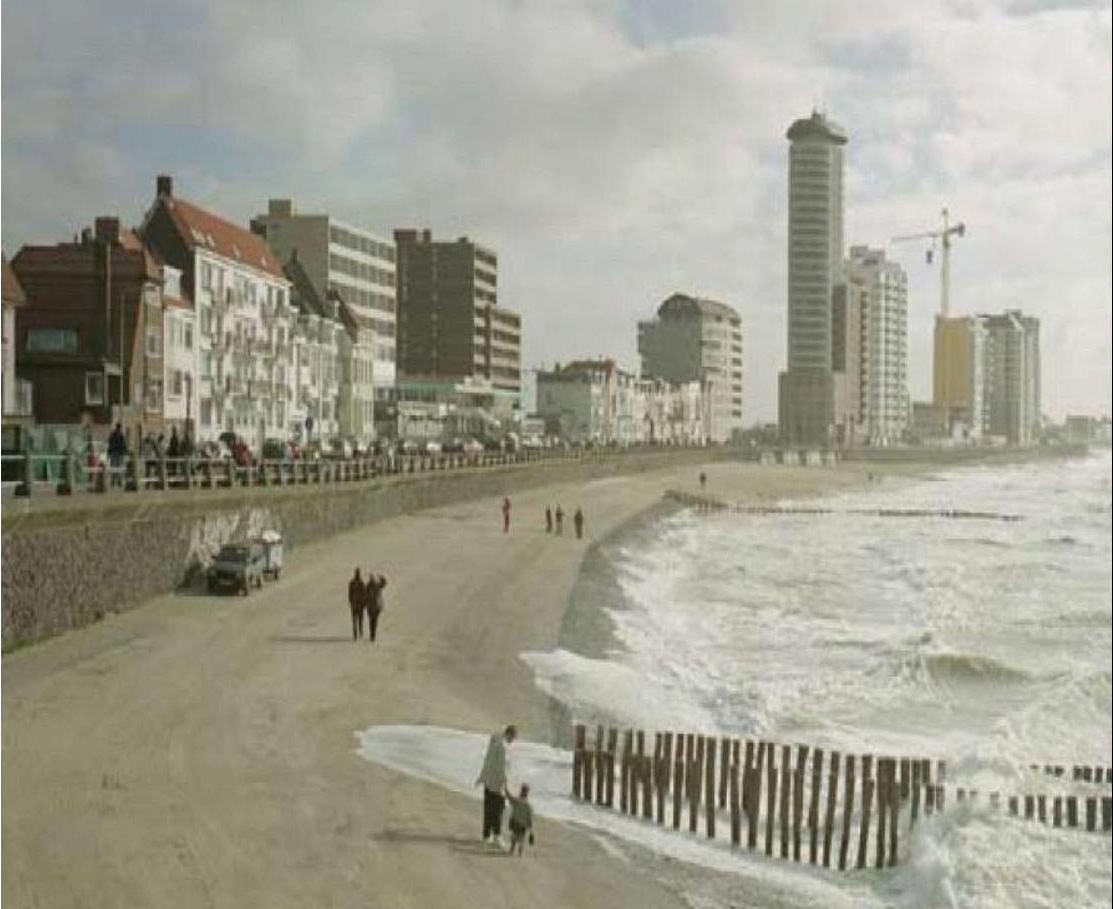Motivation
|
Coastal areas are great zones of settlement and play a vital role in the wealth of many nations. The European Union’s coastline extends for some 17,000 km across 20 of 27 Member States and coastal areas cover about 2 million km². Over the past 50 years the population living in European coastal municipalities has more than doubled to reach 70 million inhabitants in 2001. The total value of economic assets located within 500 meters of the European coastline was estimated at between € 500 and 1,000 billion in 2000.
The project evolves from four key observations:
|
 |
|
In recent times, coastal protection and water management in coastal lowlands has been concerned to 'keep water out', 'defend property from water' and 'live on dry land'. Globally, and especially in parts of Europe, there has been a change in attitude towards coastal protection in response to the growing risk and uncertainty generated by climate change. The future of flood protection is in part a return to the past, with the focus being shifted to 'making space for water', or techniques that allow some areas to be sacrificially flooded. Traditional technical flood and erosion defences have shown their limits. First, traditional coastal defences had to cope with their environmental and socio-economic implications. Moreover, what society expects from defences is changing (e.g. widespread moves from hard to soft defences to 'hold the line'), and these needs will continue to evolve (e.g., the potential for widespread application of surf reefs), and at the same time, climate change is increasing risks. |
 |
THESEUS: the legend, the project
 |
The project acronym remembers the ancient Greek legend of Theseus and the Minotaur, the monster who lived in the labyrinth of Cnosso (Crete) and pretended annual human sacrifices. Theseus entered the labyrinth, defeated the Minotaur and finally safely walked out from the labyrinth thanks to the help of Arianne and her ball of string. In this case, the Minotaur represents storms, erosion and flooding risk. The ball of string Arianne provides THESEUS to find its way out from the labyrinth consists of the different mitigation technologies. To defeat the Minotaur, THESEUS has to integrate these technologies into an adequate defence strategy. The Minotaur and THESEUS move in a dynamic labyrinth due to changes of climate, environment, economy and society. The project logo is composed by two intersecting circles (yellow and blue with white shadow) representing land and sea (level and waves). The interaction between these two is “controlled” by another circle reproducing the Cnosso’s labyrinth and meaning that the right approach should select the sustainable response strategy among the many possible choices. |
|

